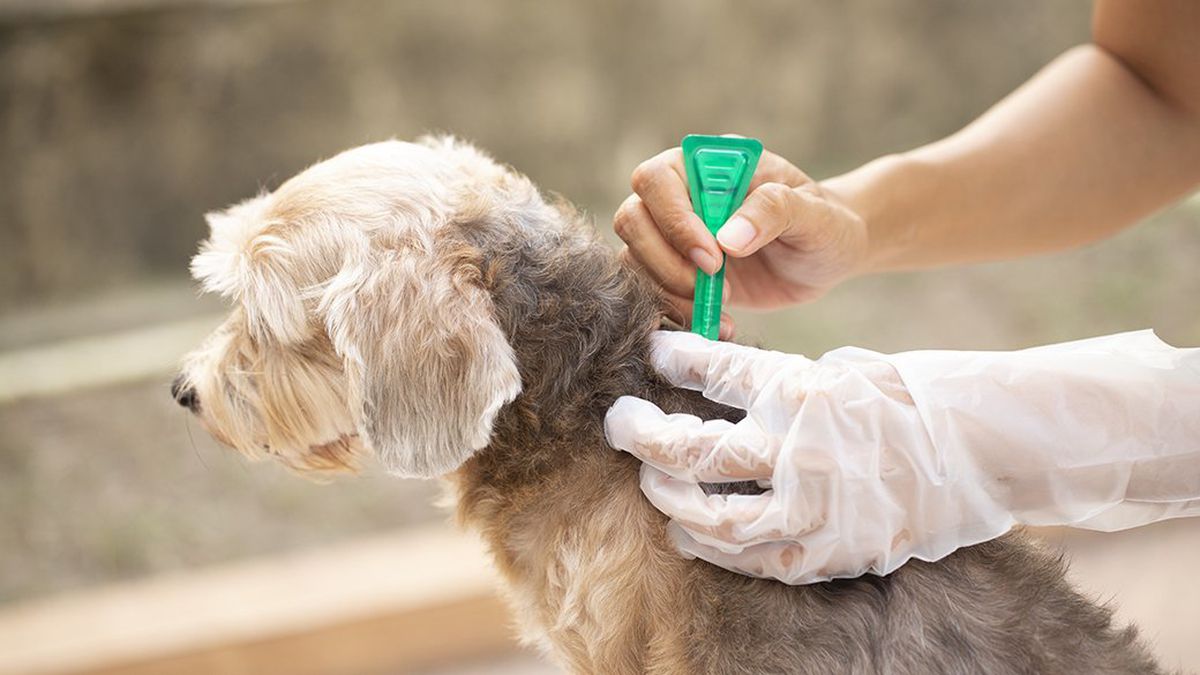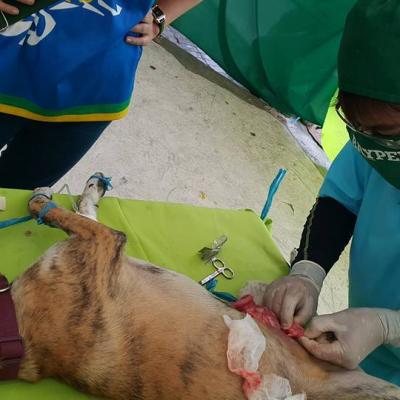Last week, while lavishing my dog with some behind-the-ear scratches after a walk together in the woods, I found a tick on her leg.
This was alarming for a couple of reasons. Not much larger than a freckle, the critter nearly escaped my notice. Even when I did see it, I almost dismissed it as a speck of dirt or a bit of lint—after all, it had been six months since I had needed to be vigilant. Then I remembered: It's spring, the weather is getting warmer, and here come the ticks—especially the tiny, easily-overlooked deer ticks that carry Lyme disease.
And there are even more reasons to be concerned. According to an article in Veterinary Practice News, tick populations are increasing and are poised to reach unprecedented levels in 2013, due to a number of factors including warmer winters, decreased insecticide usage, and the white-tailed deer population, which has swelled as a result of successful conservation efforts. White-tailed deer are ticks' primary mode of travel and the main reason they are so widespread, although other migratory animals such as birds and coyotes transport ticks as well.
Aside from Lyme disease, ticks can carry almost a dozen human and animal diseases, including Rocky Mountain spotted fever, anaplasmosis, babesiosis, ehrlichiosis, and Cytauxzoon felis, a deadly organism that afflicts domestic cats.
Treatment a necessity, not an option
When it comes to illnesses, prevention is generally the least costly and least stressful option, and tick-borne infections are no exception. Given the emerging statistics about tick population growth and disease, prevention protocols should be considered a standard, not optional, part of pet care—as important as semi-annual wellness exams, vaccinations, and even fresh water and food.
Talk to your veterinarian about tick-borne diseases that are specific to your area and about implementing an effective protection plan. Options include:
- Lyme disease vaccine
- Veterinarian-recommended tick and flea preventive products
- A long-lasting insecticide yard spray that will kill both tick eggs and larvae
Regardless of the method, or combination of methods, you choose, it is a good idea to always thoroughly check your dog after being outside, especially in woodsy, grassy, or brushy areas. If a tick is attached to your dog's skin, remove it carefully with tweezers, and wash the affected bite area and your hands with soap and water afterward.




